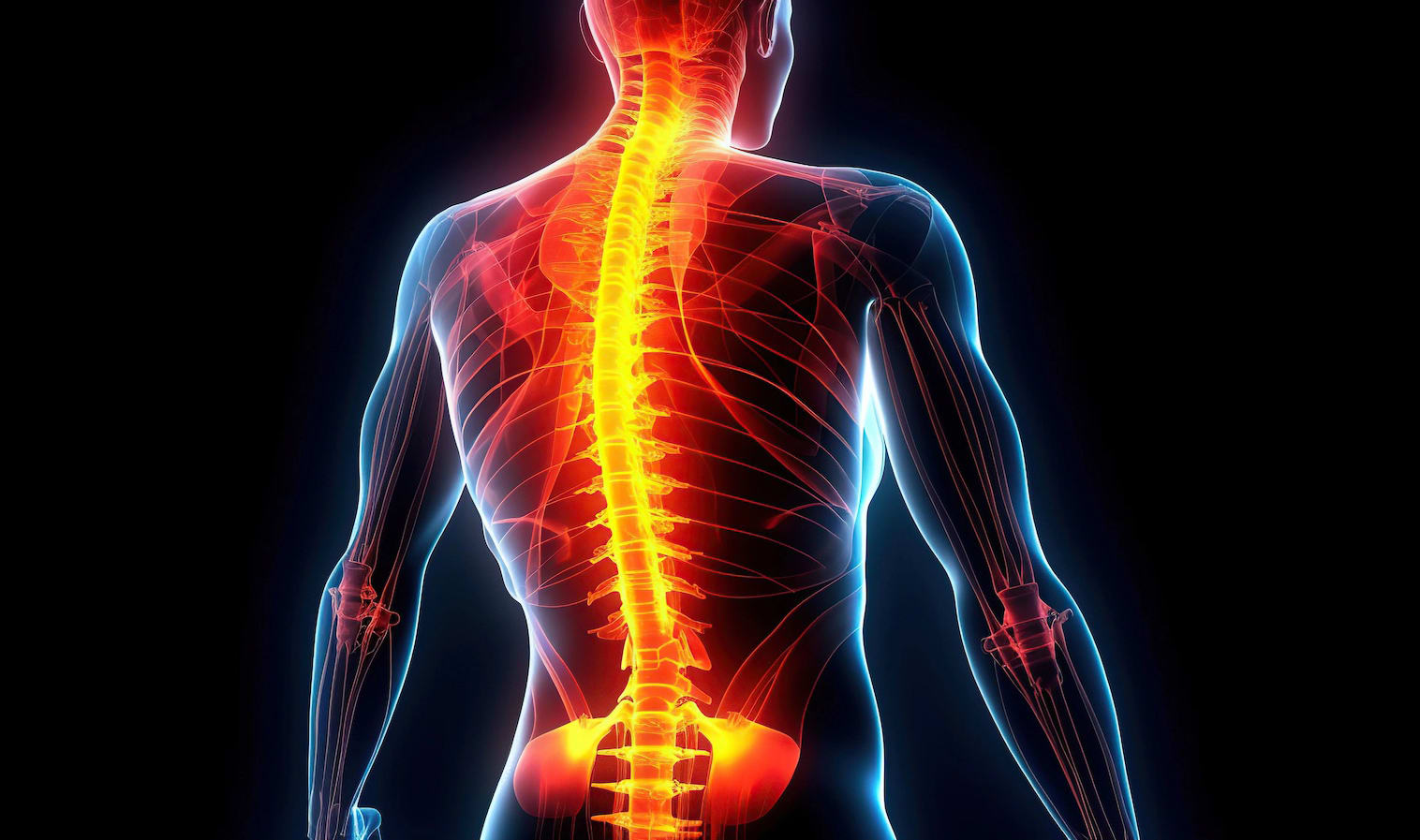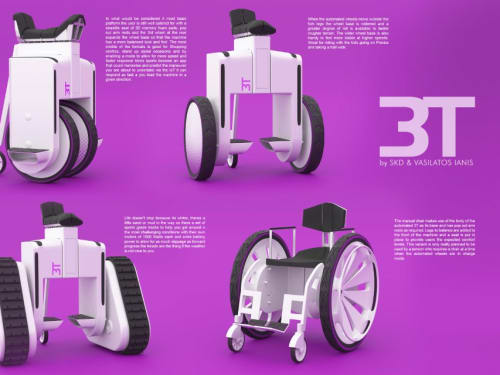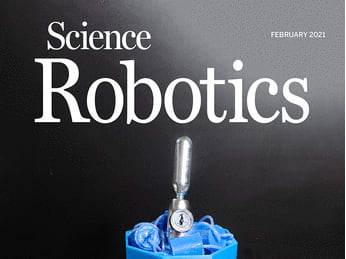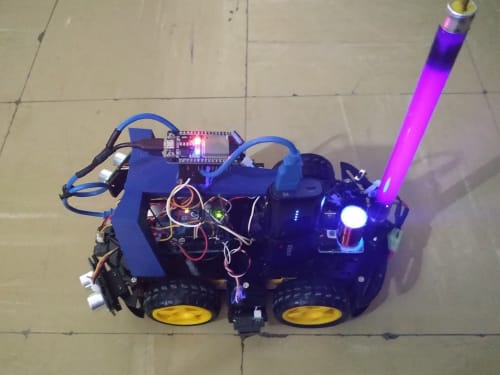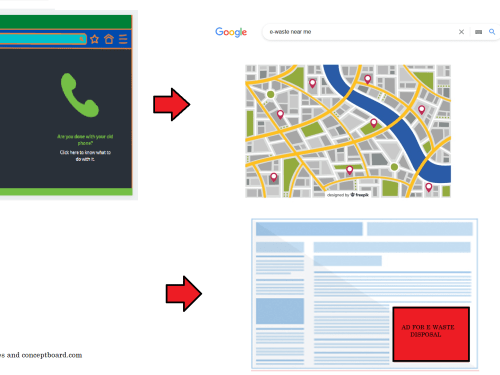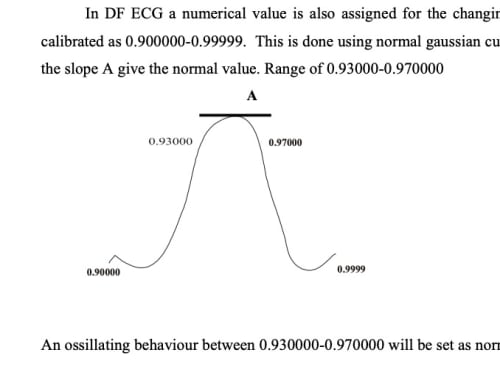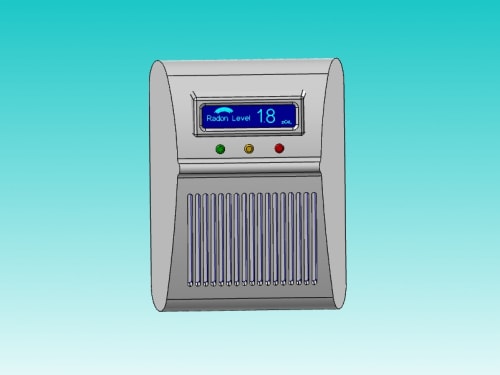The 2025 Contest is Now Open for Entries!
Submit your best new product ideas in any of seven categories for a chance at $25,000 USD and other great prizes. Here’s how to get started.
Help build a better tomorrow
Since Tech Briefs magazine launched the Create the Future Design contest in 2002 to recognize and reward engineering innovation, over 15,000 design ideas have been submitted by engineers, students, and entrepreneurs in more than 100 countries. Join the innovators who dared to dream big by entering your ideas today.
Read About All the 2024 Winning Inventions
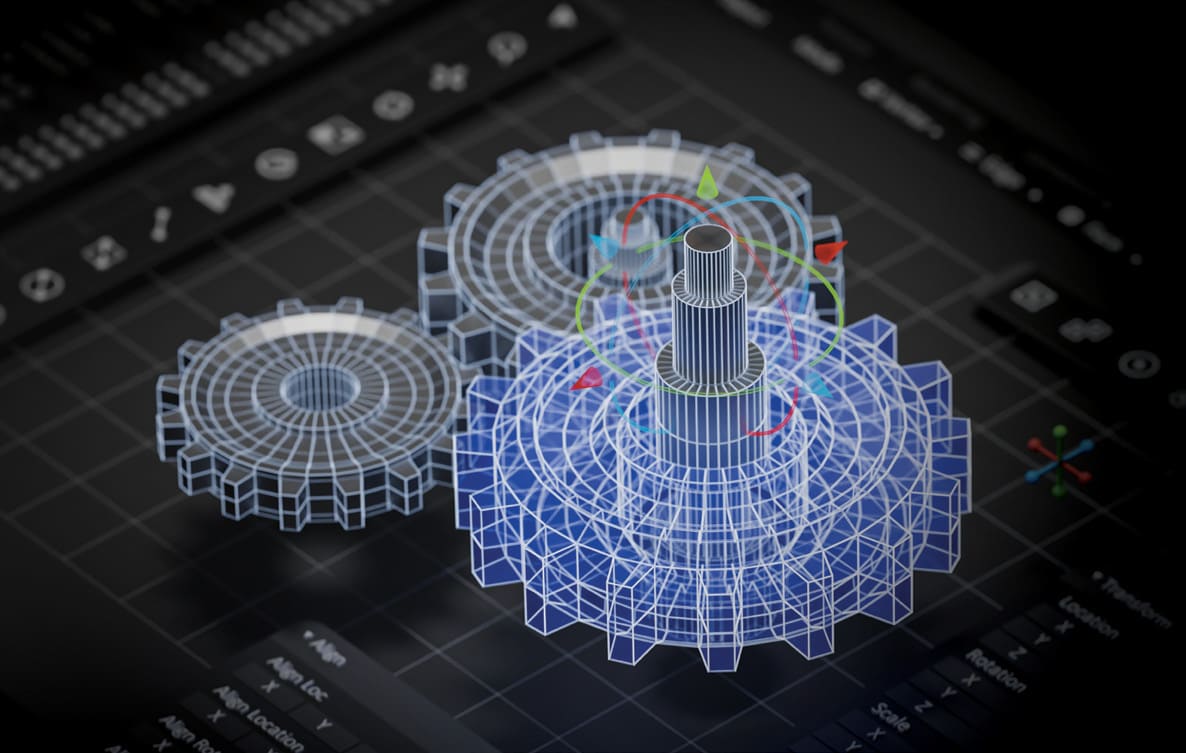
Special Report spotlights the eight amazing winners in 2024 as well as honorable mentions in each category, plus the top ten most popular entries as voted by our community.
Click here to read moreA ‘Create the Future’ Winner Featured on ‘Here’s an Idea’
Spinal cord injury affects 17,000 Americans and 700,000 people worldwide each year. A research team at NeuroPair, Inc. won the Grand Prize in the 2023 Create the Future Design Contest for a revolutionary approach to spinal cord repair. In this Here’s an Idea podcast episode, Dr. Johannes Dapprich, NeuroPair’s CEO and founder, discusses their groundbreaking approach that addresses a critical need in the medical field, offering a fast and minimally invasive solution to a long-standing problem.
Listen nowThank you from our Sponsors
“At COMSOL, we are very excited to recognize innovators and their important work this year. We are grateful for the opportunity to support the Create the Future Design Contest, which is an excellent platform for designers to showcase their ideas and products in front of a worldwide audience. Best of luck to all participants!”
— Bernt Nilsson, Senior Vice President of Marketing, COMSOL, Inc.
“From our beginnings, Mouser has supported engineers, innovators and students. We are proud of our longstanding support for the Create the Future Design Contest and the many innovations it has inspired.”
— Kevin Hess, Senior Vice President of Marketing, Mouser Electronics
contest
Contest
Requirements for the Dart
As a design approach we used the axiom of, "make something you would want to use" and balanced that against existing technologies with strong performance so that a realistically functional and dependable device could be made that could fully leverage the most powerful parts of the human body and natural forces.
Summary
We designed air-powered circuits to control the rhythmic motions of a walking robot without using any electronics. Our research was featured on the cover of Science Robotics and in various news articles including Tech Briefs magazine.
PROBLEM:
Ultraviolet germicidal irradiation (UVGI) is a disinfection method that uses short-wavelength ultraviolet (ultraviolet C or UV-C) light to kill or inactivate microorganisms by destroying nucleic acids and disrupting their DNA, leaving them unable to perform vital cellular functions. UVGI is used in a variety of applications, such as food, air, and water purification.
Most electronic components can be recycled. This means the proper treatment of electronic waste could for save companies’ money and reduce levels of pollution caused by toxic substances. Therefore, getting the consumer to dispose of their e-waste properly is essential.
There are two main issues to be tackled regarding the proper disposing of e-waste. First,
Fractal ECG is a new innovative technique developed by the Inventors to first quantity and measure the characteristic of ECG wares according to Fractal dimension. Thus for the first time just as how we know the normal BP as 120/80 of normal sugar level as a range of value.
Radon is the second leading cause of lung cancer; second only to tobacco use; and yet, very few people have heard of its insidious carcinogenic effects; and even fewer are aware how to test for such an innocuous health hazard.
Li-ion battery systems are widely used in electrified vehicles. The imbalance of state-of-charge (SOC) between battery modules/cells will bring detrimental effects to the battery. The conventional balancing schemes equalize battery by discharging high SOC cells. They waste useful energy and are not widely applied to balance battery modules. On the other hand,
The proposed urban mobility system will be composed of:
Air modules: Multicopters having propulsion pods each one with one or two electric motors driving a single or multibladed rotors, equipped with battery or fuel cell power packs, and control unities capable of flying in autonomous, programmable, or fly by wire control modes.
Our solar technology (a Distributed Generation) is gaining traction in the United States, and I believe it’s a worthy entry. We truly have a credible value proposition, and it’s an easy, efficient, and simple process to combine Solar FUSION™ during an LED Lighting upgrade. In fact, with the Solar Investment Tax Credit (26%),
Page 170 of 994
